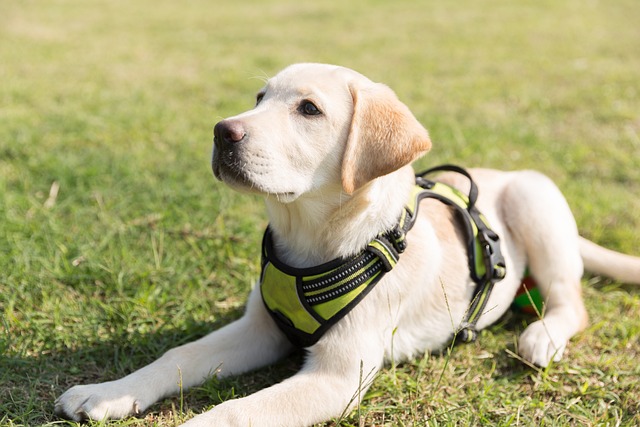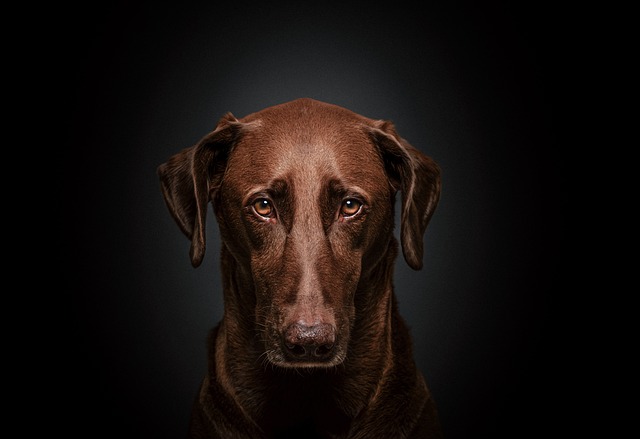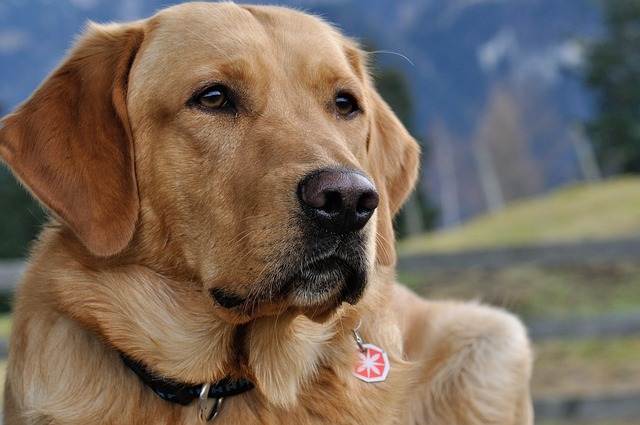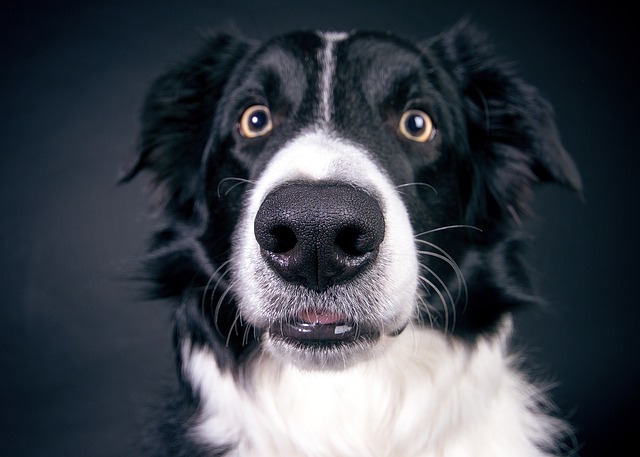
What are the disadvantages of grain-free dog food
I sat with my friend Maya in her Atlanta apartment kitchen last month, as she stared at a half-empty bag of grain-free dog food and her 3-year-old German Shepherd
Blind dogs rely entirely on their owners to keep their eye area healthy, as even small irritants can cause big discomfort. Start with daily checks—run a clean, damp cotton ball along the corners of their eyes to wipe away any crust or discharge. This simple step prevents buildup that could lead to infections, which is especially important since blind pups can’t paw at irritations easily. Always use a gentle, fragrance-free cloth; harsh materials might scratch their delicate eye tissue.
When it comes to outdoor time, take extra precautions to shield their eyes from debris. A lightweight, well-fitted doggy eye cover (available at most pet supply stores) works wonders on windy days or during walks in areas with tall grass or loose dirt. Avoid letting them wander near bushes with thorns or low-hanging branches, as these can accidentally scrape their eyes. After walks, give their eye area a quick once-over with a damp cloth to remove any dirt that might have stuck to their fur.
 Regular vet visits are non-negotiable for blind dogs’ eye health—stick to the schedule your vet recommends, even if their eyes look fine. Many regions require annual wellness checks for dogs, and these appointments let vets catch early signs of issues like glaucoma or dry eye, which are more common in blind pets. Be sure to mention any changes you notice, like redness, excessive tearing, or cloudiness—these could be signs of a problem that needs prompt treatment. Following local pet health laws also means keeping their vaccinations up to date, which helps prevent illnesses that can affect eye health.
Regular vet visits are non-negotiable for blind dogs’ eye health—stick to the schedule your vet recommends, even if their eyes look fine. Many regions require annual wellness checks for dogs, and these appointments let vets catch early signs of issues like glaucoma or dry eye, which are more common in blind pets. Be sure to mention any changes you notice, like redness, excessive tearing, or cloudiness—these could be signs of a problem that needs prompt treatment. Following local pet health laws also means keeping their vaccinations up to date, which helps prevent illnesses that can affect eye health.
At home, make small adjustments to keep their eye area safe. Avoid using harsh cleaning products near their bedding or play areas, as fumes can irritate their eyes. If you have other pets, supervise their interactions to prevent accidental bumps to the head or face. When grooming, be extra careful around their eyes—use a small, soft brush to trim any long fur that might fall into their eyes, and never use scissors near the eye area unless you’re trained to do so. These little changes help create a safe space where your blind dog can move around without risking eye harm.
Caring for a blind dog’s eyes is all about consistency and attention to detail, and it’s a key part of keeping them happy and healthy. By making daily checks a habit, protecting their eyes outdoors, staying on top of vet visits, and adjusting your home for safety, you’ll help prevent discomfort and serious issues. Remember, your blind pup trusts you to be their eyes—taking good care of their eye health is one of the best ways to show them that trust is well-placed. With a little extra effort, you can ensure they live a long, comfortable life free from eye-related troubles.

I sat with my friend Maya in her Atlanta apartment kitchen last month, as she stared at a half-empty bag of grain-free dog food and her 3-year-old German Shepherd

I sat with my friend Molly on her Phoenix patio last month, where her 5-year-old Labrador, Cooper, lay dozing on a cooling mat

I sat with my friend Lexi on her Houston apartment couch three weeks after her 3-year-old Pug, Luna, survived heat stroke—Luna curled up on a cooling mat

Blind dogs rely entirely on their owners to keep their eye area healthy, as even small irritants can cause big discomfort. Start with daily checks—run a clean, damp cotton ball along the corners of their eyes to wipe away any crust or discharge.

I sat with my friend Mia on her New York City apartment floor last weekend, where her 3-year-old French Bulldog, Louie, was scratching his ears so hard he whimpered

Most dog owners notice their pup’s stinky breath or yellowed teeth at some point, and that’s when the question of cleaning costs pops up.